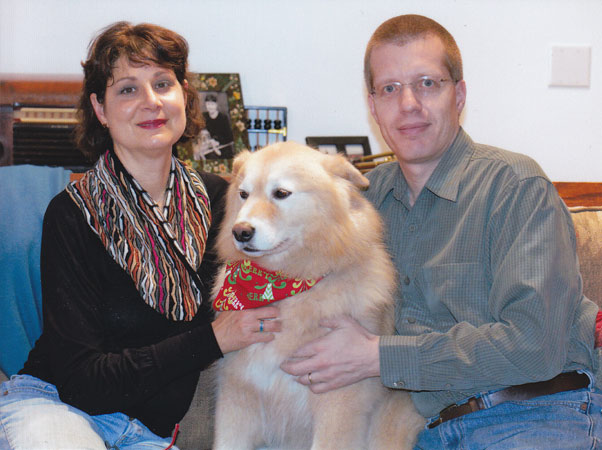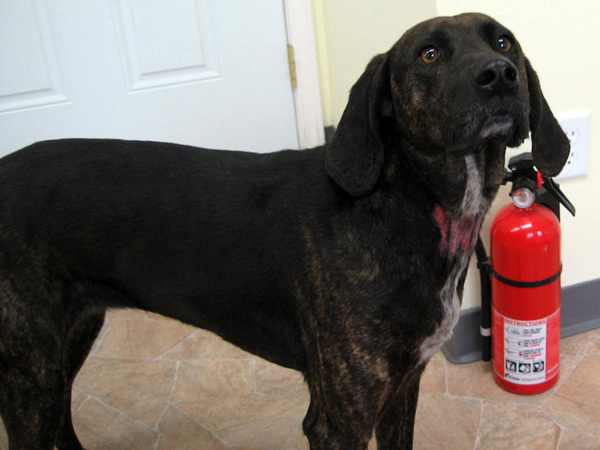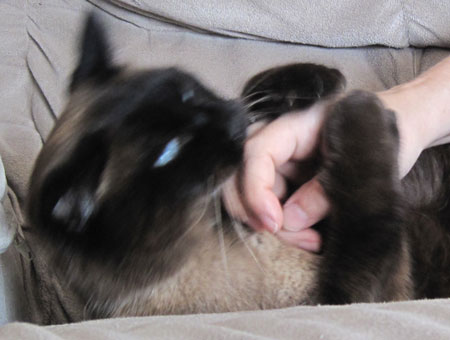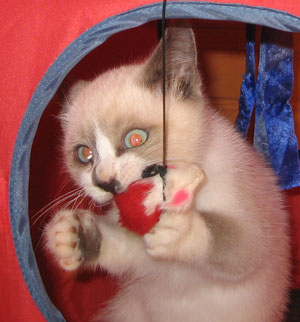 What is a “professional breeder” and why do I, Executive Director of an animal shelter, support them?
What is a “professional breeder” and why do I, Executive Director of an animal shelter, support them?
 Ella gives back! How one shelter adoptee is making a big difference
Ella gives back! How one shelter adoptee is making a big difference
 Chaining/tethering – not the right solution
Chaining/tethering – not the right solution
 Cat behavior: Love Hurts! When your cat says “FANGS for the new home!”
Cat behavior: Love Hurts! When your cat says “FANGS for the new home!”
 Bringing Home Your New Cat
Bringing Home Your New Cat
 Bringing Home Your New Dog
Bringing Home Your New Dog
 Single Kitten Syndrome – yoo haz it?
Single Kitten Syndrome – yoo haz it?
 Stop the Cycle
Stop the Cycle
 The Big Black Dog Dilemma, featuring Teague
The Big Black Dog Dilemma, featuring Teague
 Underweight Pets
Underweight Pets